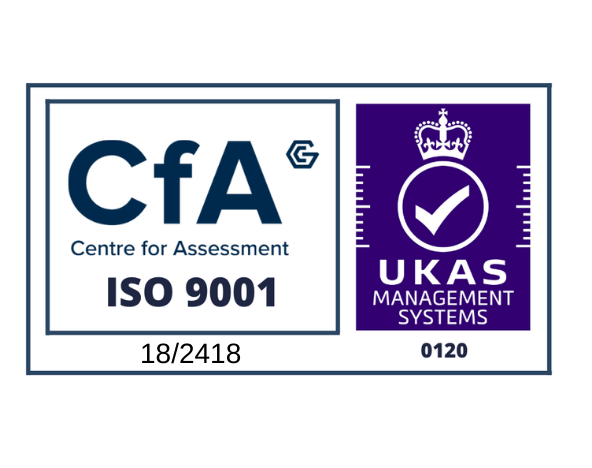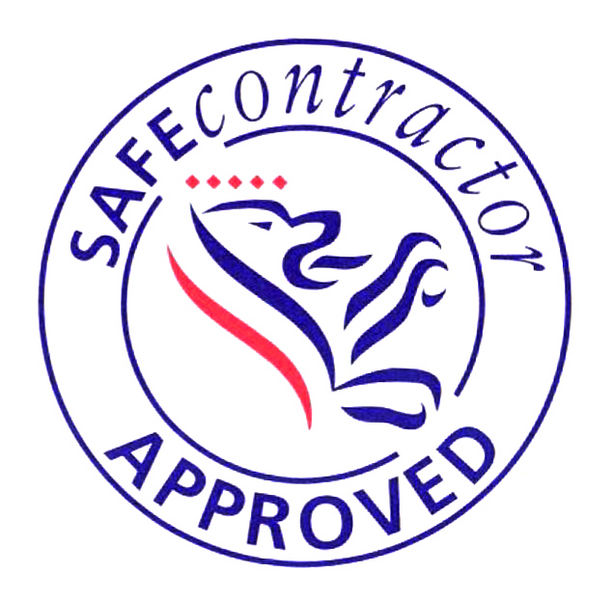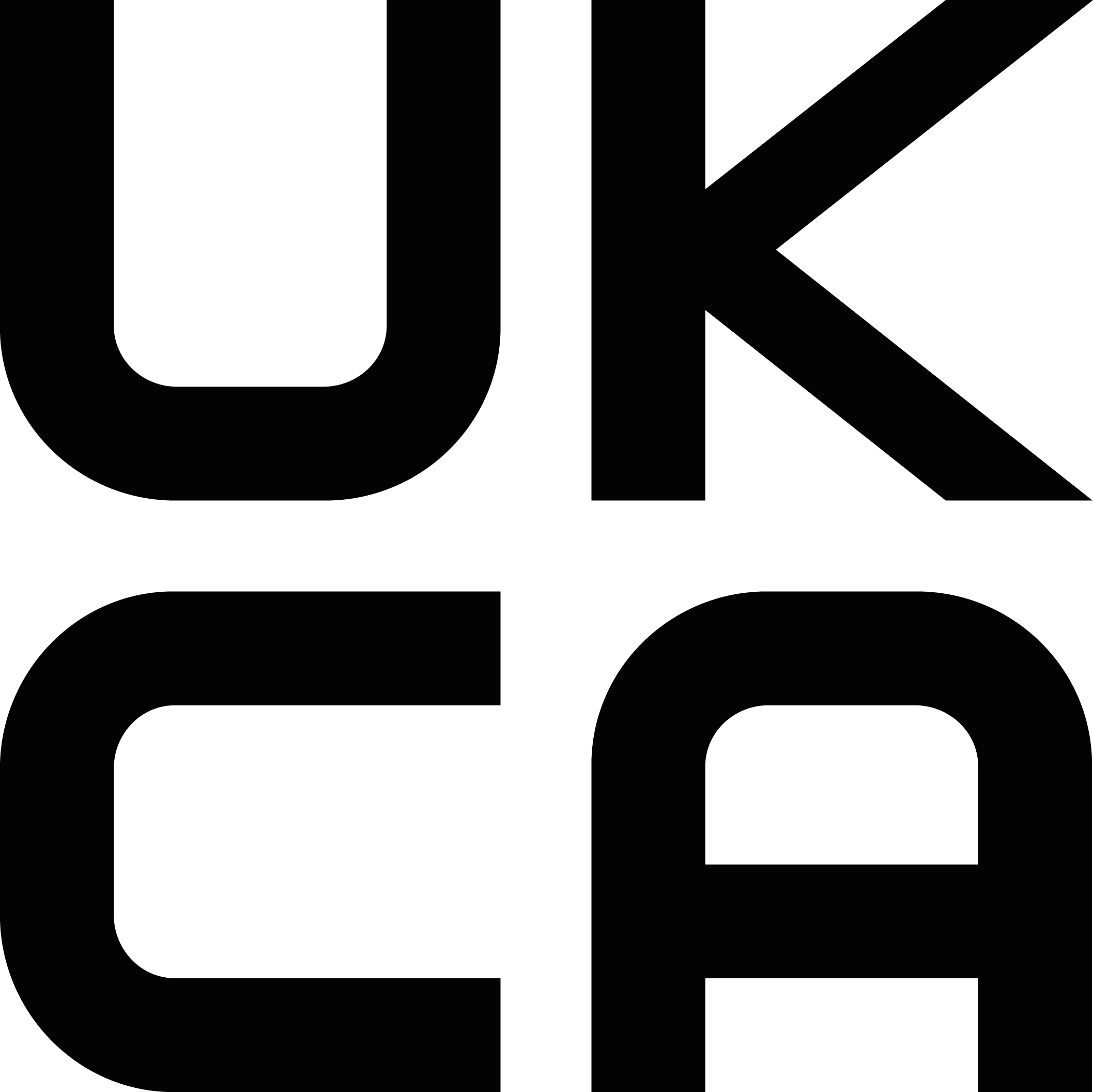Green-Field Price Rises Start to Slow
The price that developers pay for green-field areas across England and Wales grew again during the third quarter of 2014. However, the rate of the quarterly increases is beginning to slow. Even though developers are still keen to target prime development sites, the cost of supplies and lack of skilled workers are beginning to have an impact on demand.
The recent data that has been released by Knight Frank shows that for the period for July to September the price of green-field land increased by 0.2%. This equates to an annual growth rate of 3.7% and compares to a second-quarter annual rate which increased by 5.6%. The research shows that development land still has the potential to rise further, especially in the best locations, even though the increase in house prices is also starting to slow.
Competing for the Best Land
Developers are still on the lookout for spots with excellent potential, but the added cost in other areas of construction is slowing this. This includes the cost of materials to construct elements such as glass staircases and kitchens, as well as the availability of less skilled labour to complete this work.
Developers want to find the sites with the best opportunities, including those with excellent transport links and a wide range of local amenities. The most popular locations are those within the commuter zones, especially if they have good links with London. As the price rises start to slow, it could become harder to sell those sites that have disadvantages. Developers are putting together tougher selection criteria, and this has already resulted in a reduction in the number of overall sales in the past few months.
The Aftermath of the Recession
Even though we have started to see the end of the financial crisis, which has provided a boost to the housing market, there are still elements that are impacting on the industry. One of the major problems facing developers is that there are fewer skilled labourers available to work on areas of construction, including glass staircases. During the recession, fewer people trained in this sector as jobs were hard to find. However, as the industry is growing again, this issue is now starting to have an effect. It means that developments are taking longer to complete and increasing the amount of time before properties are sold.
Another problem that is impacting on growth is that a shortfall in supplies is pushing up prices. This is also as a direct result of the financial crisis, as manufacturers reduced production capacities to prevent supplies building up. However, this is now slowing down developments and means developers have to pay more in order to secure vital materials. It can slow down the process and reduce profits from a development, which will impact on how soon developers can open up new sites.
Both of these issues have been a key concern for those responding to the latest RICS survey. It is causing developers to limit their activity and making them more cautious about planning future developments.







